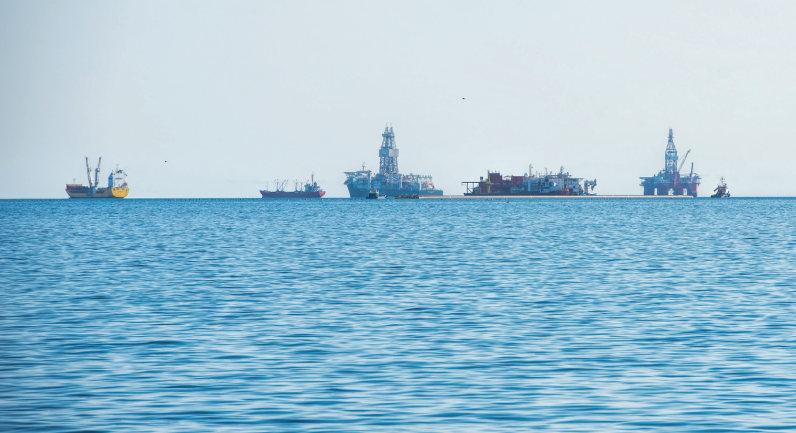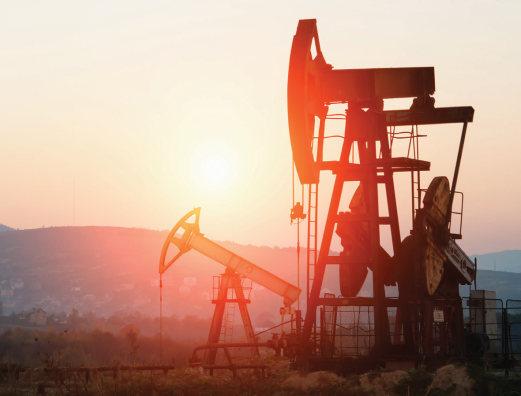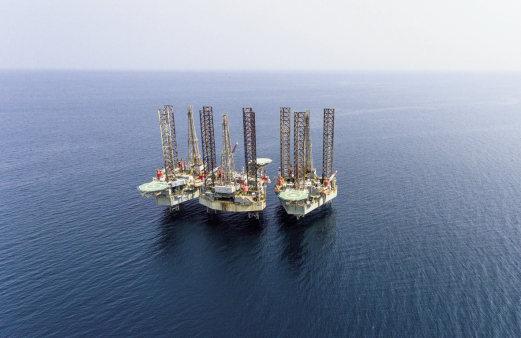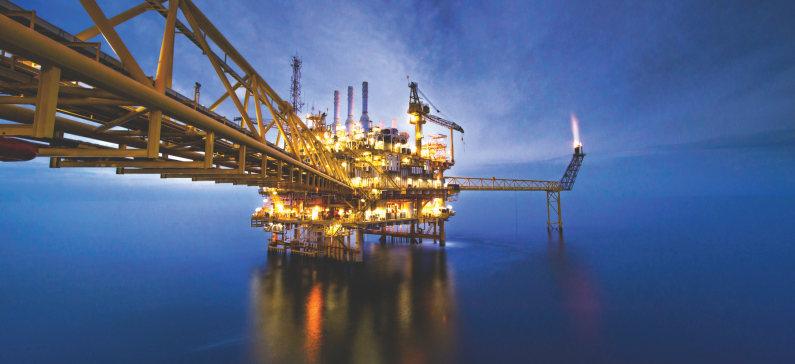
5 minute read
Licensing rounds
During the Africa E&P Virtual Summit, held from 16-17 September, leaders from Liberia, Namibia, Senegal and Ghana highlighted Africa’s latest licensing opportunities and prospects with a focus on unlocking potential in these regions. Deblina Roy reports.
opportunities available in licensing and open acreage in Africa in 2020 and beyond are being unlocked so international bidders can explore Africa’s new oil and gas frontiers. These prospects are providing governments with an opportunity to pitch and engage the international E&P community to invest. Liberia’s hydrocarbon exploration activities “Liberia has has 82,000 sq km of 2D data and 24, 500 sq km of 3D data. The country has an established presence of hydrocarbon geological discovery,” said Archie Donmo, director-general of Liberia Petroleum Regulatory Authority (LPRA).
“With a flexible negotiation, Liberia is encouraging investment in areas such as unexplored terrain with top potential for success, or a basin that has never been drilled in past. Companies operating in Liberia are Liberia is encouraging investment in unexplored
THE MOST INTERESTING
terrains that have good potential for success.
Liberia’s regulatory regime is clear, uncomplicated and predictable,” said Archie Donmo, director-general of Liberia Petroleum Regulatory Authority (LPRA).
Chevron Corporation, ExxonMobil, Mitsubishi, Eni and others. In terms of regulatory instrument, we have the New Petroleum (Exploration and Production) Reform Law, 2014, FDI regulations, petroleum sharing agreements and applicable law of our legislatures.”
According to Donmo, Liberia has three ways of issuing petroleum rights: the international competitive bidding process, direct negotiation and an executive allocation to the national oil company that is issuing its blocks.
“Our maximum block size is around 3,500 sq km (offshore basin) and 2,000 sq km (onshore basin). Our offshore acreage has 33 oil blocks. Of them, Liberia basin is from block 1-24 and the Harper basin is from block 25-33. We are tendering about nine oil blocks
within the Harper basin. The bid round activities occur in four stages. The pre-qualification stage runs from April to October 2020; the bid submission stage to run from November 2020 to February 2021; the winners to be announced on March 2021; the negotiation and ratification to be held in April 2021.”
Ghana’s attractive fiscal regime Egbert Faibille Jnr, CEO of Petroleum Commission Ghana, said that Ghana has four sedimentary basins: three offshore and one onshore. The onshore basin covers an area of 63,000 sq km with estimated proving reserves of 1,035 mmbbl and 1.72 tcf gas. The plate types are structural or devonian and stratigraphic combination or cretaceous.
The laws that help to regulate the upstream petroleum sector include the Petroleum Exploration and Production law; Ghana National Petroleum Corporation Law 1983; PNGC law 1964; Income Tax Act of 2015; the Petroleum Commission Act 2011; Petroleum Revenue Management Act of 2015; Petroleum Exploration and Production Act of 2016.
“The 2D and 3D seismic data are available in Ghana’s onshore and offshore prospects. In 2018, Ghana commissioned the integrated reservoir solutions to undertake original reservoir study and geological dataset, the report of which is available from Core Laboratories.
“A project of immense importance to Ghana is the Voltaian basin project. Tested around the exploration well, the Voltaian basin covers around 103,600 sq km and is currently being explored to establish its prospectivity. Ghana National Petroleum Corporation is spearheading exploration works in the Voltaian basin.
“A number of exploration opportunities exist in offshore Ghana. In the western basin, block 4 is available presently and a block overview is available in the eastern basin. In the national news paper Daily Graphic, the Ministry of Energy has published an invitation for 11 blocks which will soon be available through direct negotiations with the government of Ghana or licensing rounds in the eastern basins.”
Senegal’s 2020 licensing round Commenting on the licensing rounds in Senegal, Joseph Medou, director-general of Senegalese national oil company Petrosen, said, “Last year, we launched a licensing round in 12 offshore open blocks, some of which are located in deepwater. In those areas, 2D data and new 3D data were acquired in recent
Image Credit: dpreezg/Adobe Stock
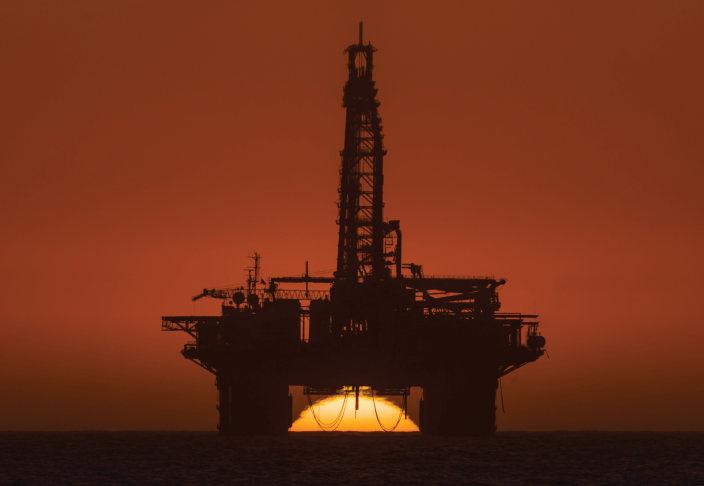
With the help of technology, Namibia is uncovering many more opportunities that never existed in terms of prospectivity. Despite past setbacks, Namibia remains optimistic.
years, the quality of which is really good and done in a joint venture with TGS and GeoPartner. These data are reprocessed and presently available for companies that are interested to invest in those open blocks.
“The 2020 Senegal Licensing Round will be an open competitive tender with applications evaluated on the basis of standard criteria. The licensing round is the second international competitive bidding round arranged by the Ministry of Petroleum and Energy in Senegal. Given the ongoing COVID-19 condition and restrictions imposed, the Ministry of Petroleum and Energy has announced an extension to the deadline for submission of applications until 15 December 2020.”
Namibia’s Orange basin has the highest potential for success Maggy Shino, petroleum commissioner, Ministry of Mines & Energy, explained, “The Orange basin in Namibia covers an area of
The Namibian government, together with partners, has invested heavily in 2D and 3D data and that will help to explore more opportunities in the coming days.”
3,50,000 sq km. On the Namibian side, it is a much underexplored basin and we have only four exploration wells. Between Namibia and South Africa, the basin hosts around three discoveries in three different types. On the Namibian side, we are going to unlock it further with another discovery very soon.”
Total and Impact are set to study the next well in this basin later this year under block 2912 and 2913, Shino said. “Shell is planning to drill another prospect during 2021. The Kudu gas field project in Orange basin also has potential to use Kudu gas for LNG and transport the gas to power for Namibia and southern African region. The Venus exploration well is set to be drilled by Total and partners sometime in December this year. We are planning to drill two stratigraphic wells in the Kavango basin.”
She added that the Namibian government, together with partners, has invested heavily in data. “Almost our entire offshore coastline is well lined up with 2D seismic data. Also, we have quite a significant chunk of 3D patches that have covered our coastline. The Namibian government, with National Oil Company and Core Lab, has completed a regional reservoir study that enables you to see the characterisation of proven and potential shifts in drift that are indicative of the reservoir presence in Namibia.”
With technological advancements, we are uncovering many more opportunities that never existed in terms of prospectivity, Shino concluded.


